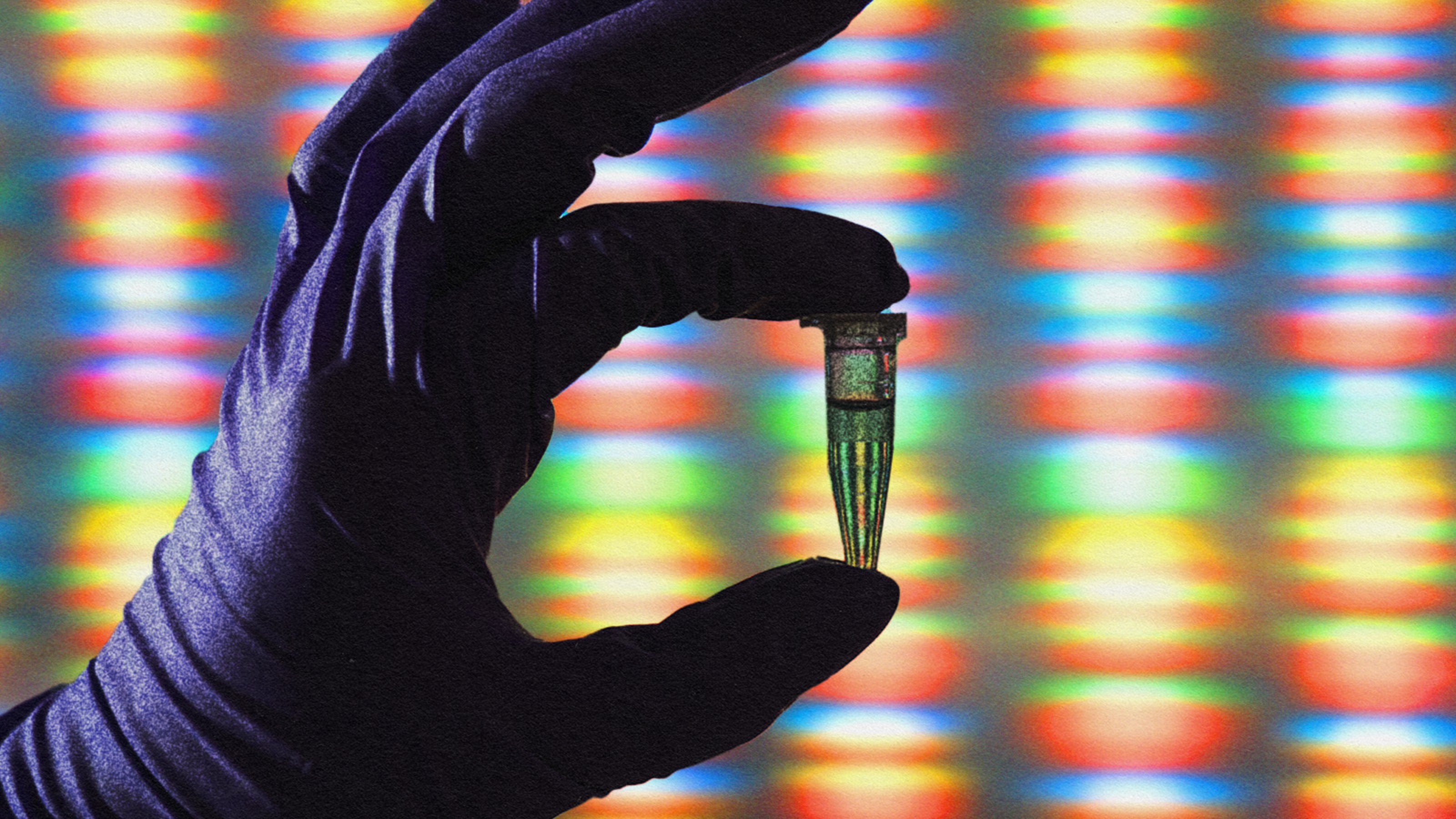The Gap Between Genetics & Medicine

What’s the Latest Development?
While the Human Genome Project and resulting genetic sequencing procedures have not immediately unlocked the secret to curing cancer or other diseases, the fact that sequencing technology is now becoming available to the general public does hold some promise, says James Evans, a physician and geneticist at the University of North Carolina. Evans says that genetic testing in the form of gene sequencing could help identify those with genetic predispositions to diseases like breast and colon cancer as well as be used to detect rare autosomal recessive diseases. If detected, these recessive genes could assist couples in family planning.
What’s the Big Idea?
Big promises were made to the public by the medical establishment while the human genome was being sequenced for the first time. Over a decade later, hopes of producing medicine tailored to an individual’s precise genetic makeup seem as far off as ever. Because risk factors for common diseases are predominantly not genetic, sequencing the genome has left a gap between genetic research and patient treatment. While we understand more about genetic diseases, treating them using knowledge gained from gene sequencing remains an elusive goal.





